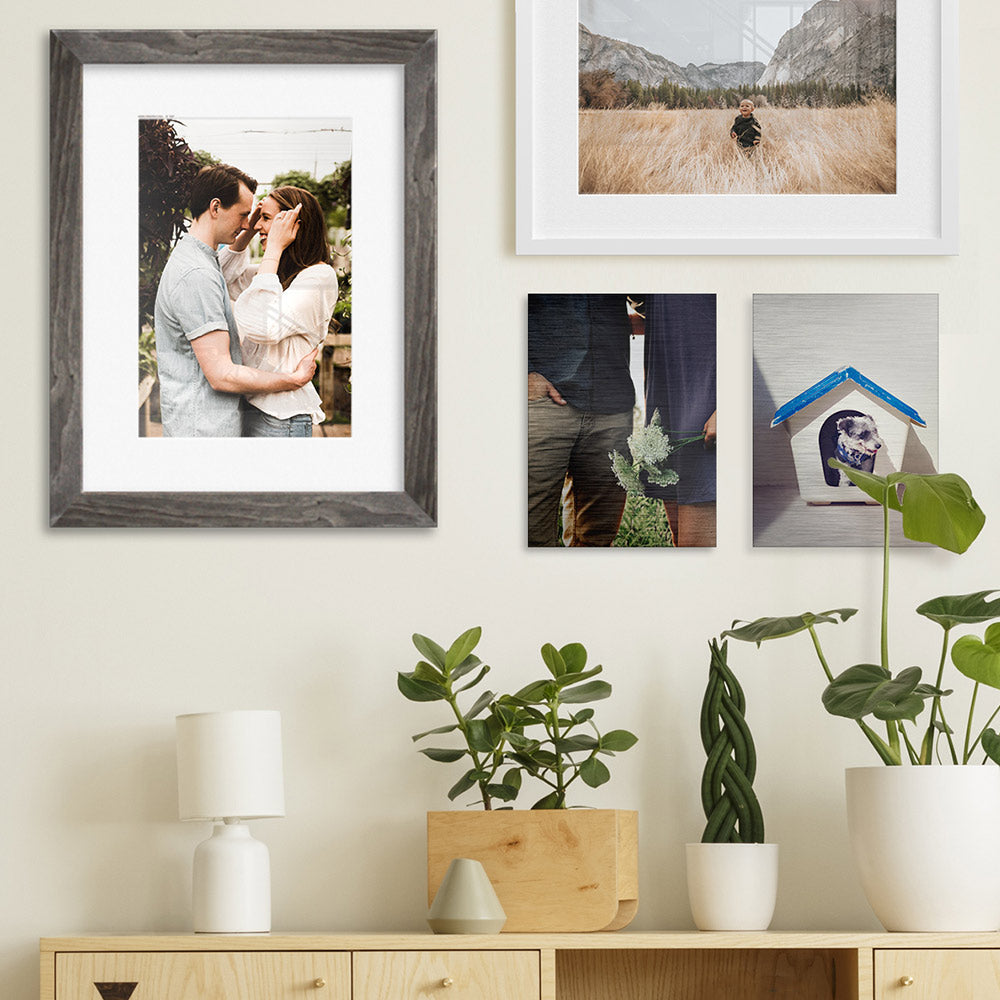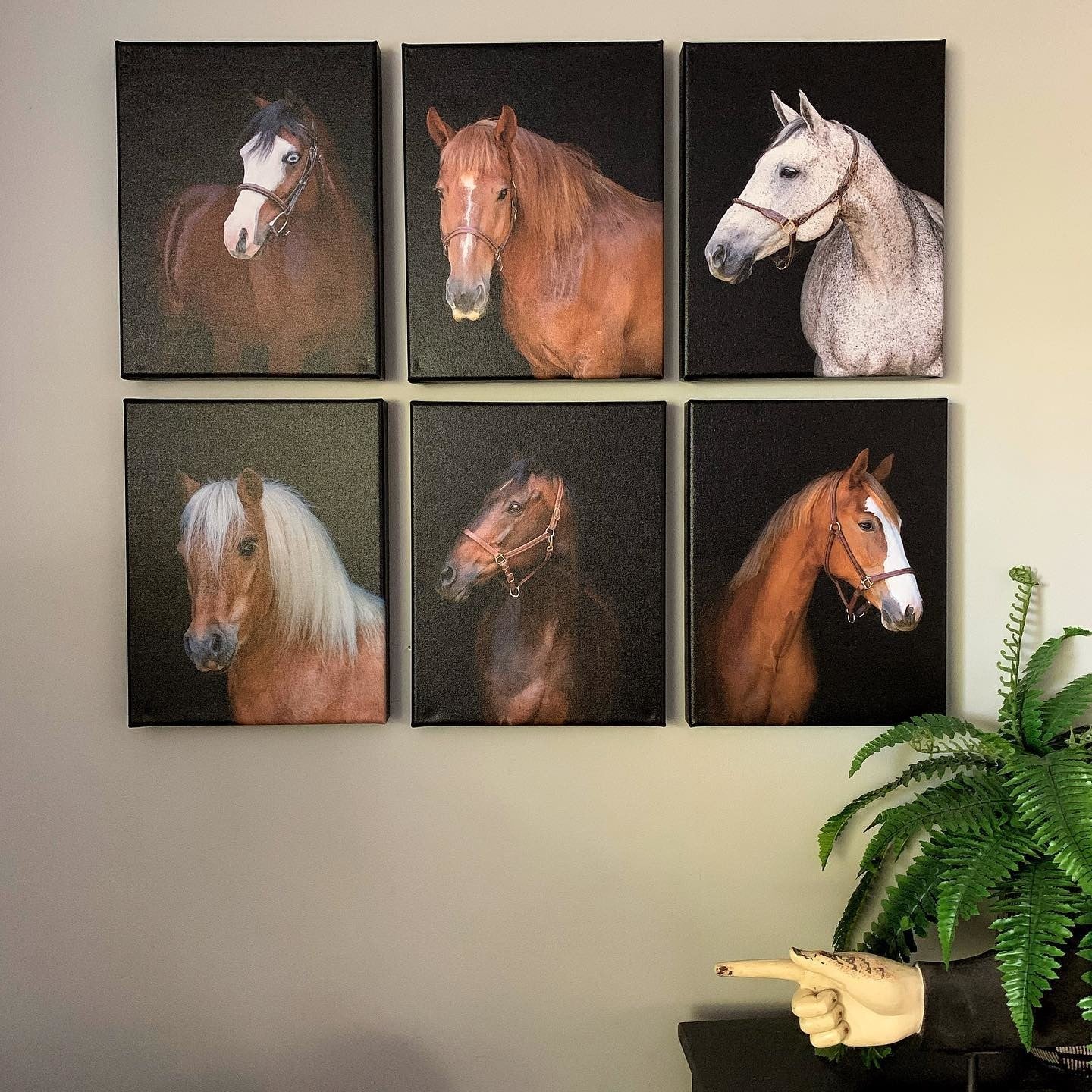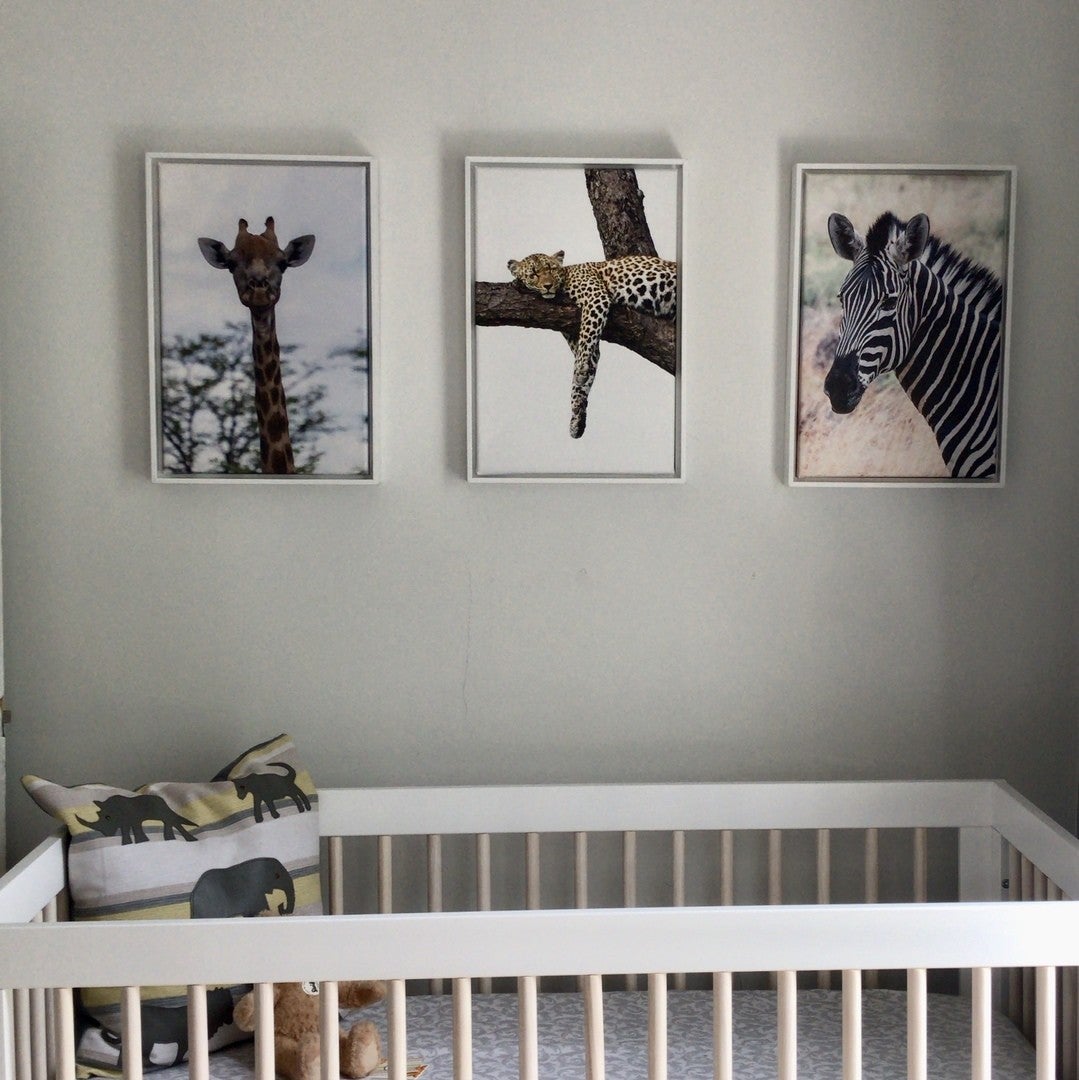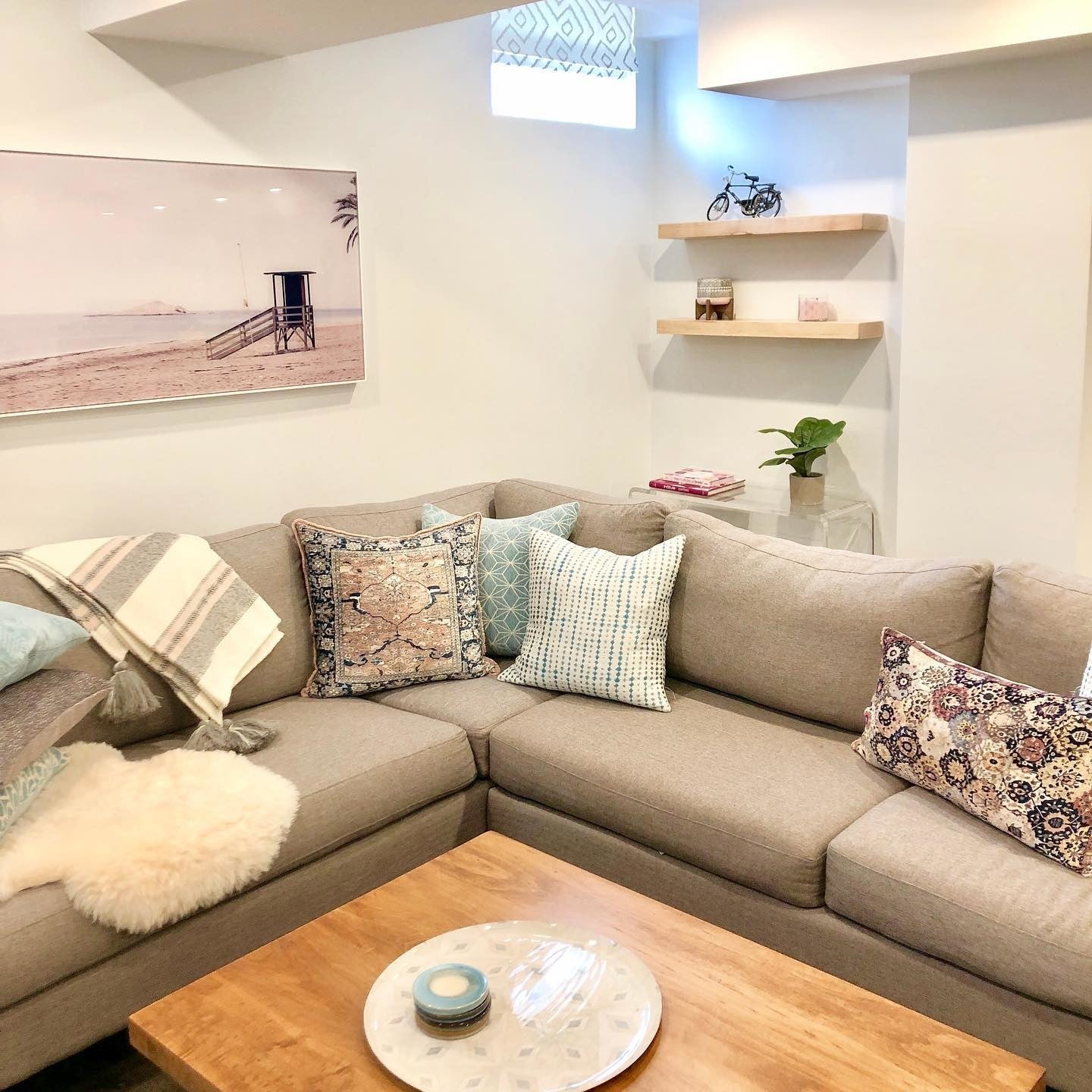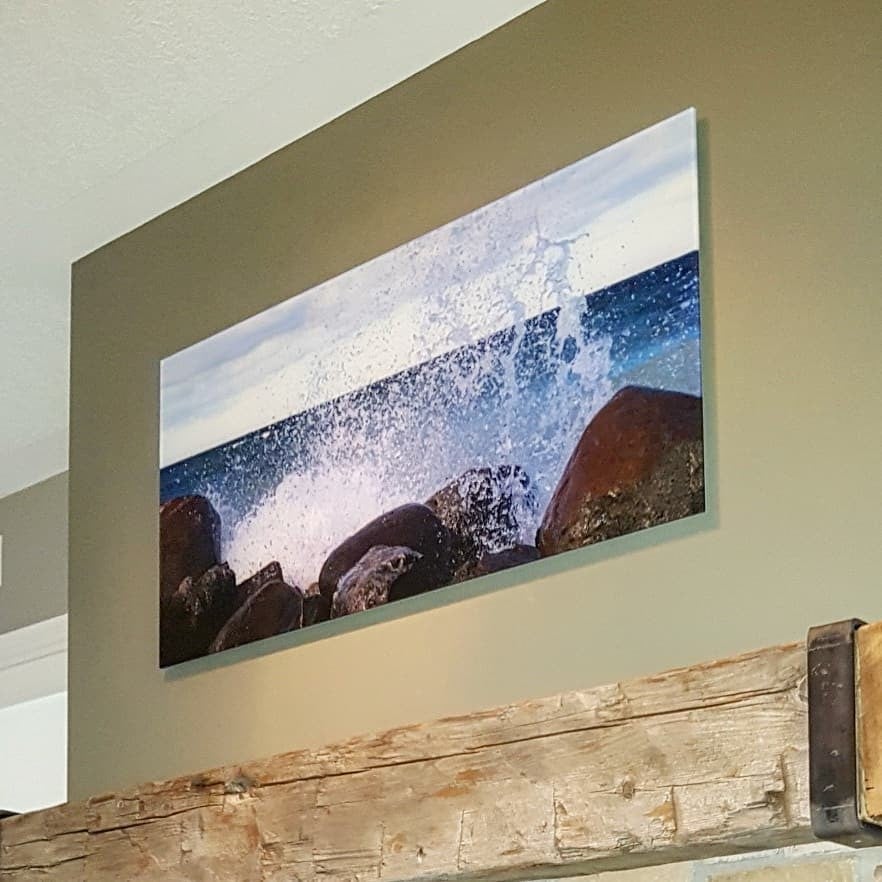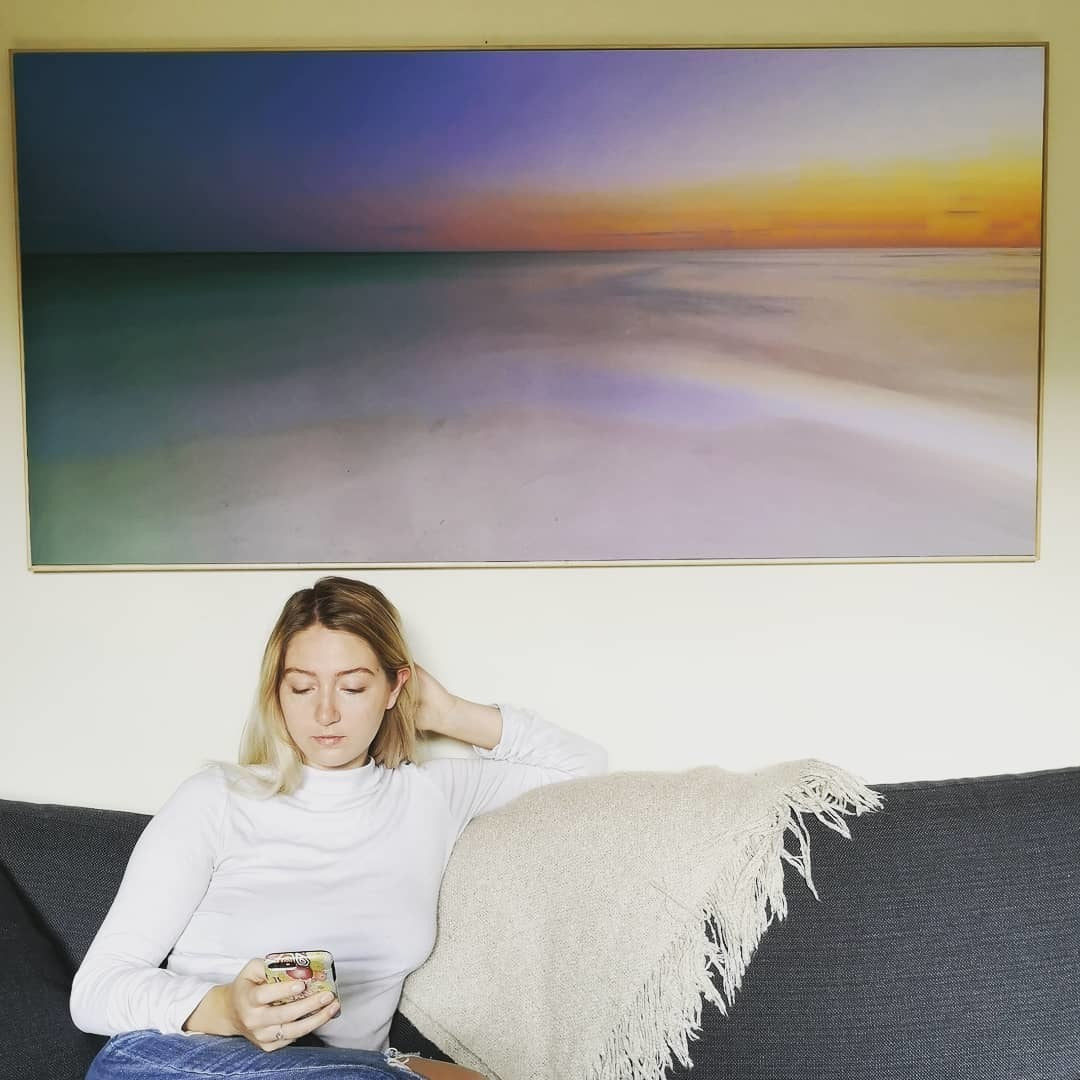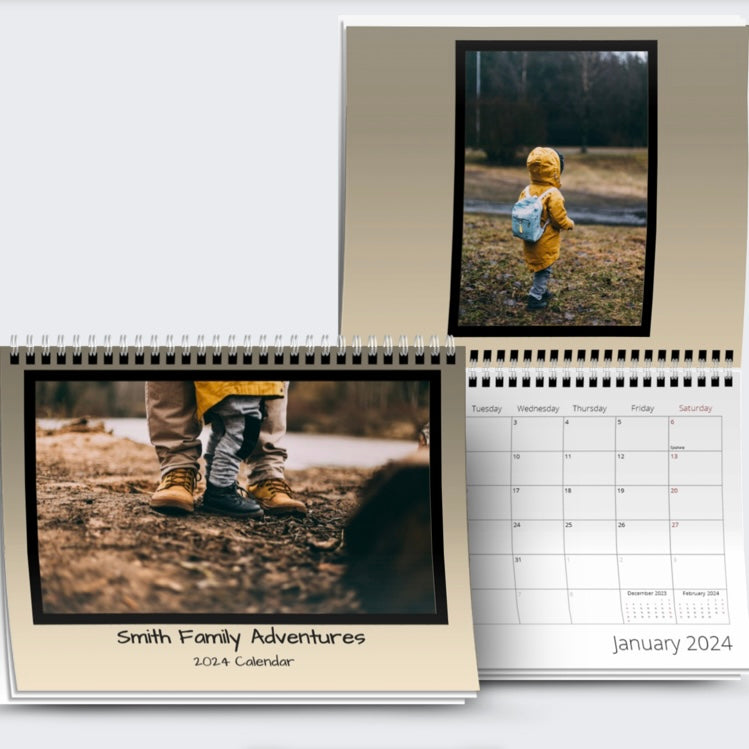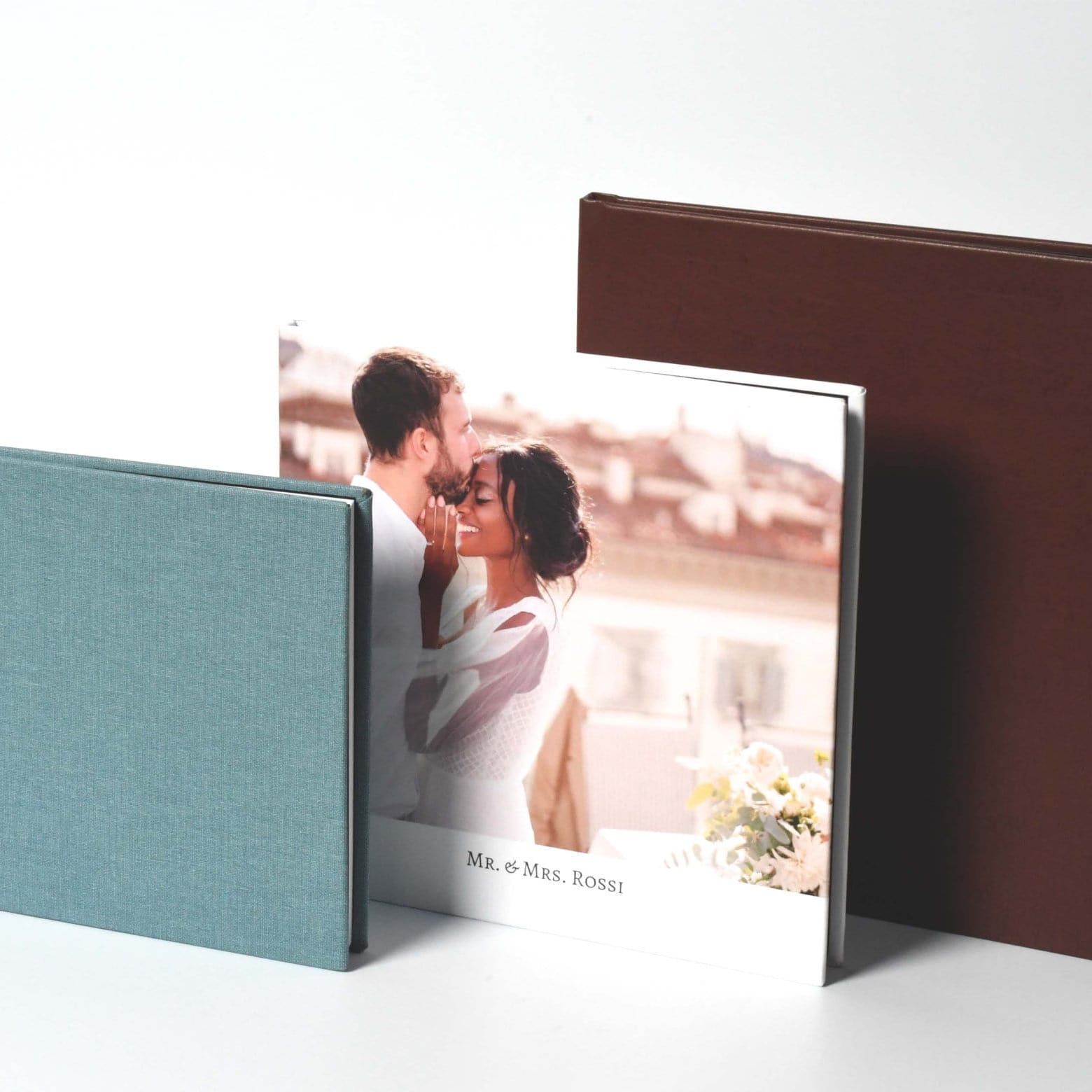
You’ve probably heard of photos and prints being referred to as portrait or landscape orientation.
But what exactly does this mean? When should you opt for one orientation over the other? Additionally, when it comes to printing, how can you ensure your portrait photo doesn’t unexpectedly appear in landscape mode?
In this article, we'll share details about what portrait and landscape orientations are, the differences between the two, when to use each for your photography, and how you can print photos in either of these orientations at Posterjack.
Let's get started...
What is Portrait Orientation?

Portrait orientation is when a photo is composed so that it’s taller than it is wide. Images captured in portrait orientation are sometimes called vertical photos.
This vertical alignment is also associated with photographs of individuals because the human body, when standing or seated, naturally fits this vertical format. However, the term 'portrait' in this context does not exclusively pertain to pictures of people.
Any subject, whether it's a tall building, a cascading waterfall, or a single flower standing tall, can be captured in portrait orientation if it emphasizes the height or vertical elements of the subject.
Portrait orientation is often to focus on specific details, create an intimate mood, or emphasize the stature or prominence of the subject. For instance, a picture of a towering tree captured in portrait can accentuate its grandeur, while a close-up of a person might bring out the emotions or finer features on their face.
What is Landscape Orientation?

Landscape orientation refers to an image or print that is wider than it is tall. Photos captured in this format are also called horizontal photos.
This orientation is commonly used to showcase vast scenes or wider perspectives. For instance, when you think of landscapes, you might picture sweeping vistas, expansive horizons, or a serene beach stretching as far as the eye can see. All of these are best captured using the landscape orientation.
However, just like the term 'portrait' doesn't only apply to photos of people, 'landscape' doesn't solely relate to nature scenes. A wide city street, a group of people gathered at an event, or even a panoramic shot of a room can be captured in landscape orientation, emphasizing the breadth and context of the scene.
Choosing the landscape orientation often allows photographers to provide a broader view of their subject, capturing not just the main focus but also its surroundings. It offers a sense of scale and vastness.
For instance, a distant mountain range can be highlighted to show its expanse, or a group of people can be showcased to emphasize the setting they're in.
Don’t be afraid to capture photos of people in landscape orientation. Following the rule of thirds, you can position your subject so the image includes some negative space, and even adds some context to the photo.
One other reason you might want to consider capturing photos in a horizontal landscape format is they will be easier to crop for printing, if need be.
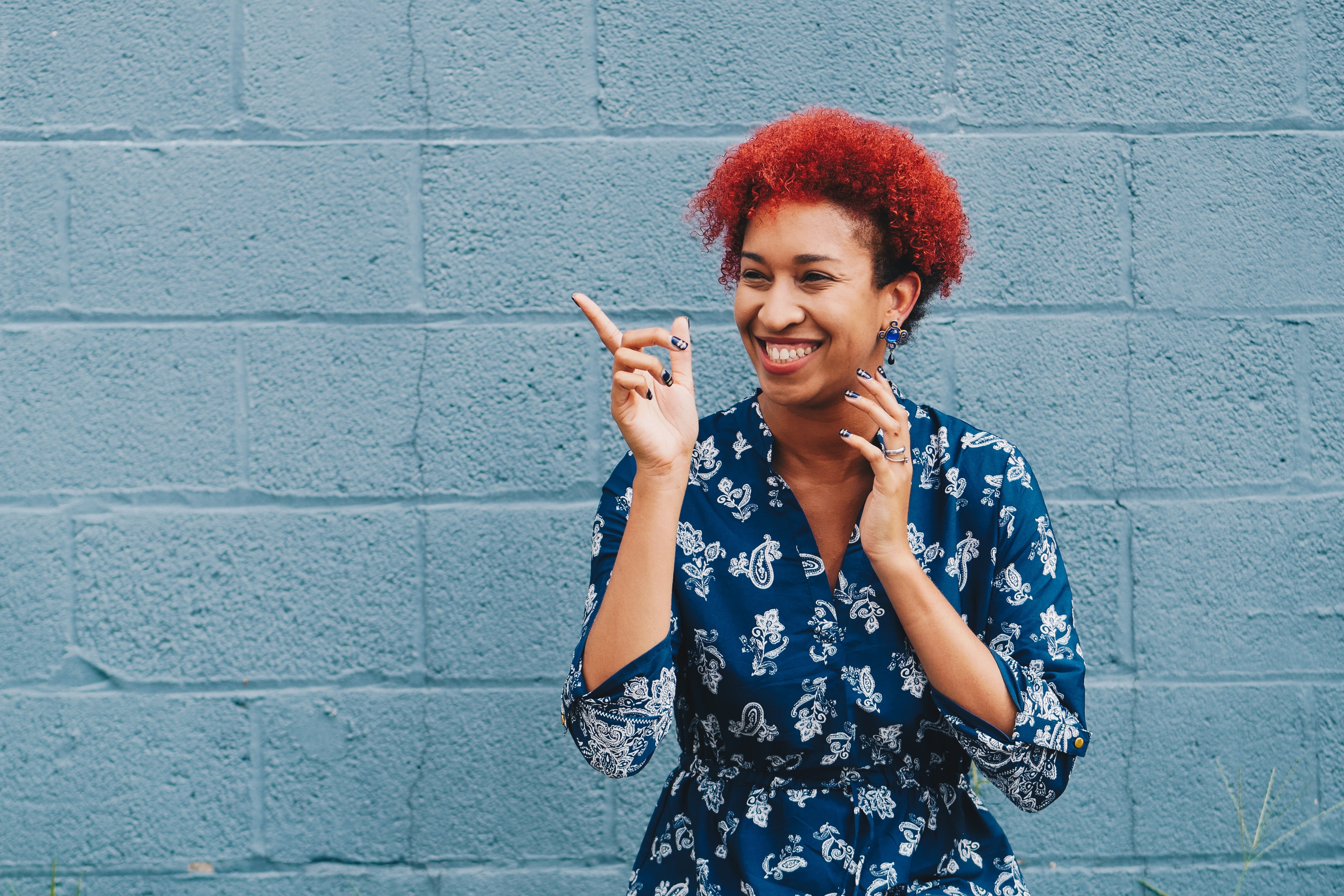
Differences Between Portrait Photography and Landscape Photography
While portrait and landscape orientations are primarily about the shape and alignment of the frame, they often have distinctive applications and implications in photography.
Here are some differences between shooting portraits and landscapes:
Orientation and Frame:
- Portrait: Vertical alignment, taller than it is wide. Often termed as vertical photos.
- Landscape: Horizontal alignment, wider than it is tall. Frequently referred to as horizontal photos.
Common Subjects:
- Portrait: Though not limited to, it often includes individuals, tall subjects, or subjects that have vertical prominence.
- Landscape: Typically vast scenes like horizons, beaches, or cityscapes. It can also cover wide subjects or groups.
- Portrait: Accentuates height, stature, or specific details. It's used to create an intimate setting or highlight the prominence of the subject.
- Landscape: Captures breadth and context. It showcases a scene's expansiveness and can provide a broader perspective.
- Portrait: Given the vertical frame, the top and bottom of the photo become essential in guiding the viewer’s eyes. It's also more likely to have a depth that can make subjects stand out against the background.
- Landscape: The width allows for the inclusion of more elements in a scene. This can lead to more complex compositions, often using techniques like the rule of thirds to guide viewer engagement.
- Portrait: Given its closeness and focus on specific details, portrait photos often feel personal and intimate.
- Landscape: These images tend to evoke feelings of grandeur, vastness, or wonder, given the wide, expansive scenes they often portray.
Portrait vs. Landscape Printing
Now that you have a better understanding of the differences between portrait and landscape photo orientation, let’s look at how they compare when printing.
Just like in photography, portrait and landscape printing is simply referring to the orientation the print will be created and displayed as.
But is it 16”x24” or 24”x16”?
Regardless of whether you’re looking for portrait or landscape printing, the dimensions of the print will always have the smaller size shown first.
So, for example, you would choose 16”x24” for a portrait or a landscape image. When you upload your photo to the Posterjack website, our system will automatically recognize the photo’s orientation.
You will then be provided a preview of what your print will look like and have the opportunity to crop or rotate the orientation of the photo so it’s exactly how you’d like it.
Portrait & Landscape Prints on Display
We absolutely love seeing your Posterjack prints on display! We’ll leave you with a few examples that some of our awesome customers have shared.
If you’d like a chance to see your photo art featured on our website or social media accounts, please feel free to share them on Instagram, Facebook, or Twitter and tag @posterjack so we can check them out! (You can scroll to the bottom of this page and click on any of the social media buttons to go directly to our pages.)
Related: From Download to Display: Printing Etsy Digital Downloads
